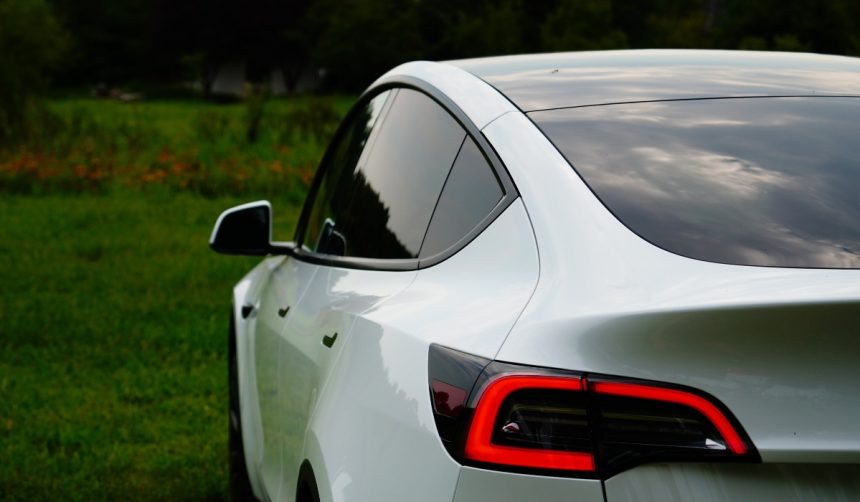Tesla’s approach to robotics is drawing increased attention as CEO Elon Musk confirms notable advancements with Optimus, the company’s humanoid robot project. Musk disclosed recent progress through posts on social media, mentioning a detailed review with the Tesla Optimus team and affirming the presence of Grok, xAI’s voice assistant, within Optimus V3. For industry watchers, the expansion of Tesla’s product scope beyond electric vehicles indicates a growing commitment to artificial intelligence and automation. Unlike traditional consumer electronics, Tesla’s robotics work incorporates lessons from the company’s vehicle autopilot technologies, aiming to bridge cutting-edge AI with functional mechanical design.
Earlier public information about Optimus focused on basic mechanical demonstrations and future production goals, with much speculation about real-world applications and the timeline for mass manufacturing. Recent statements highlight that Grok’s integration is not just aspirational but operational, underscoring a shift from software conceptualization to implementation. Other announcements over the past year centered on factory floor tests and the development of custom actuators for improved motion. The current update departs from prior ambiguity, bringing specific details on both intelligent interaction features and production objectives.
How Is Grok Voice Assistant Integrated?
Musk shared on X that Optimus V3 is already equipped with Grok, xAI’s large language model, allowing verbal interaction. The Grok integration is expected to make Optimus more adaptable to commands and potentially enhance communication with users. According to Musk’s posts, this move enables Optimus to respond conversationally, signifying a new interaction level for Tesla’s robotics line.
What Technical Advances Does Optimus V3 Offer?
Optimus V3 includes actuators engineered by Tesla, with refined limb control systems and an overall form that closely mirrors human proportions. Demo footage released shows robots walking without support, maintaining balance, and participating in operational roles at Tesla’s facilities. Notably, the robotic hands have been upgraded to 22 degrees of freedom, suggesting detailed manipulation skills akin to human hands.
How Soon Will Production Begin?
During a recent all-hands meeting, Musk mentioned a potential production target of approximately 5,000 units within the year. There are plans for even higher output, with aspirations for up to 12,000 units should component availability and technical milestones align.
“We’re technically aiming for enough parts to make 10,000, maybe 12,000, but since it’s a totally new product with a totally new, like everything is totally new, I’ll say we’re succeeding if we get to half of 10,000. But even 5,000 robots, that’s the size of a Roman legion, FYI,”
Musk stated, indicating cautious optimism about the pace of scaling production.
With Grok now functioning in Optimus V3 and production plans disclosed, Tesla appears to be bringing its humanoid robot initiative closer to commercial reality. For observers considering adoption or investment, important points include the robot’s conversational interface and improved mechanical proficiency, both of which may change how robots are deployed in industrial and service settings. As developments unfold, insight into hardware reliability, software accuracy, and large-scale user integration will prove useful for anyone monitoring automation in the workplace. Consumers and businesses interested in robotics will benefit from closely following updates on Optimus and Grok, as ongoing iterations may influence standards for future humanoid platforms.










